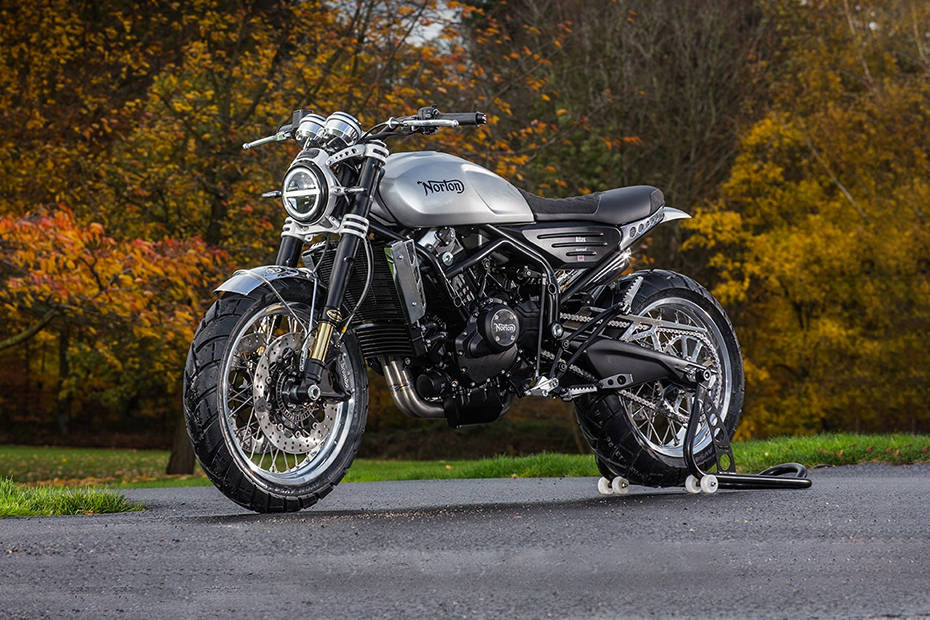

What McCandless came up with was an elegant dual-cradle, steel tube frame in which two continuous loops encircled the engine with ample triangulation at the head stock.


Working under contract to Norton, McCandless was able to devote his time to developing a new frame for the Norton Manx to replace the unstable and crack-prone “Garden Gate” plunger frame. In the early postwar years, reports of the McCandless conversion and its racing successes reached the mainland, eventually attracting the attention of Norton’s managing director, Bill Mansell. After partnering with fellow racer Artie Bell, McCandless began offering conversion kits and modifying frames for other riders. Before long, competitors started inquiring about his rear frame. He fitted it to his race bike, and it worked. Thinking that motorcycle frame design had been left behind by the increases in engine power, McCandless designed a rear subframe that incorporated a swingarm and spring/damper units from a Citroen car. Rex was also one of the best known and most successful motorcycle racers in Ireland, but was dissatisfied with the lack of suspension in the rigid-rear frames fitted to most motorcycles at the time. During World War II, Cromie McCandless and his brother Rex owned an engineering company in Belfast, Northern Ireland. It’s a well-known story, but it bears repeating.
#ATLAS NORTON SERIES#
(Though Philip Vincent’s Series B, which had no frame at all, certainly warrants a mention!) But perhaps only the Featherbed has achieved legendary status. Not many production motorcycles are notable for the frames they use.Īpart from Norton’s famous double-cradle frame from 1950, I can think of only Lino Tonti’s long-running design for Moto Guzzi and Miguel Angel Galluzzi’s trellis frame for the Ducati Monster as defining each model. Engine: 745cc air-cooled OHV parallel twin, 73mm x 89mm bore and stroke, 7.6:1 compression ratio


 0 kommentar(er)
0 kommentar(er)
